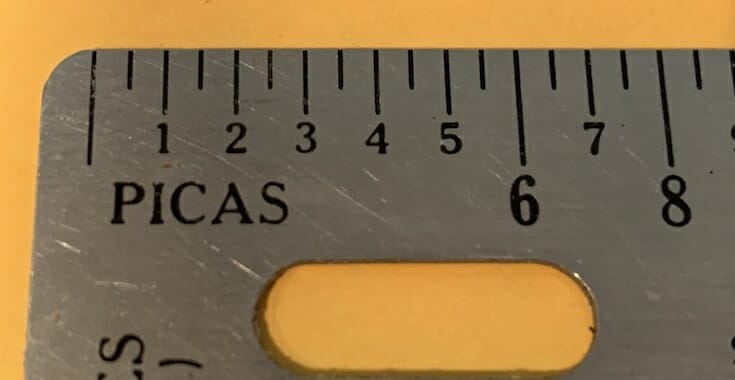One of the enjoyable parts of learning a new field is finding out what all the insider language of that field is all about.
When I got started in mountain biking, for instance, I was surprised to learn that the pedals I used, which were made specifically to clip onto cleats on the bottom of my bike shoes, were called “clipless” pedals.
In baking I found out that there’s a big difference between “active dry yeast” and “instant yeast.” Who knew? But if you mistake one for the other, your recipe could crash and burn.
But I also learned lots of terms from the specialized vocabularies that are used in those fields. Terms like “chain suck,” “downtube” and “granny gear” in biking. In baking, I learned what a “french pin” is and how to “dock” my pastry and where to find “ramekins.”
It’s the same with the world of books. Just in the area of book design you run into terms like “gutter margin” and “folio” and “face trim.” (In fact, you can find a brief glossary of some of this book design terminology here.)
One term that causes a lot of confusion is “pica.”
Printers Measure Different
Instead of writing this up, here’s a video [11:24] that I hope will explain what this “pica” thing is, why we use it, and how it can help you deal with your book layouts more easily.
(If the video doesn’t load at first, please refresh your screen.)
Discussed in this video:
- What is a pica, anyway, and why should you care?
- How our reluctance to change saved the pica
- The pica and the point
- The problem with inches
- Book page layouts in picas
- The truth about type point sizes
Did this video help you understand the idea of printer’s measurements? Would you like to see more videos like this one? Let me know in the comments, and thanks for watching.
Want to know more? Here’s a Wikipedia article on the Pica System



